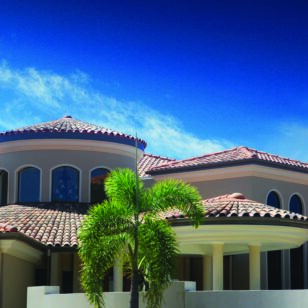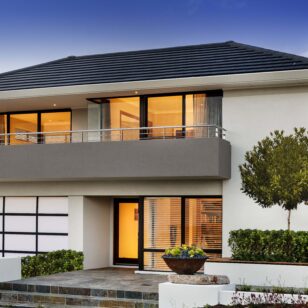The Case Studies
Research defines the most energy efficient performer on roofs
Back to allThe roof is one of the largest external facing surfaces of a home and the choice of roofing material as been revealed as having a major role in determining internal living temperatures, household energy usage and the overall energy efficiency of a home.
According to the Australian Greenhouse Office, 39% of household energy costs come from heating and cooling the home. However by designing and constructing an energy efficient house, homeowners can dramatically reduce the amount of energy consumed.
Concrete roof tiles play a big part in controlling internal temperatures and reducing energy consumption. An energy efficient home is one that provides a high level of thermal comfort without an over-reliance on artificial heating and cooling. Best of all, concrete roof tiles create a more stable internal air temperature so you can enjoy a comfortable, controlled environment.
US research confirms that a tile roof can help create a cooler home. Tests comparing white roof tiles and white metal roofing showed that roof tiles have significantly higher reflectivity than metal roofing, reflecting a total of 75.4% of solar energy. This is 7.8% more reflection than the metal roofing tested which reflected a total 67.6%.
This means that homeowners have a great opportunity to drive down the lifetime cost of home ownership. There is a wide misconception that one house design is right for all locations and climates. However what is being realised is that each home needs to be designed to take into account the unique set of environmental forces that affect it. By understanding the local climate and following some simple design principles, almost any household can minimise its requirement for artificial heating and cooling, thereby reducing environmental impact and the financial costs of everyday living.






